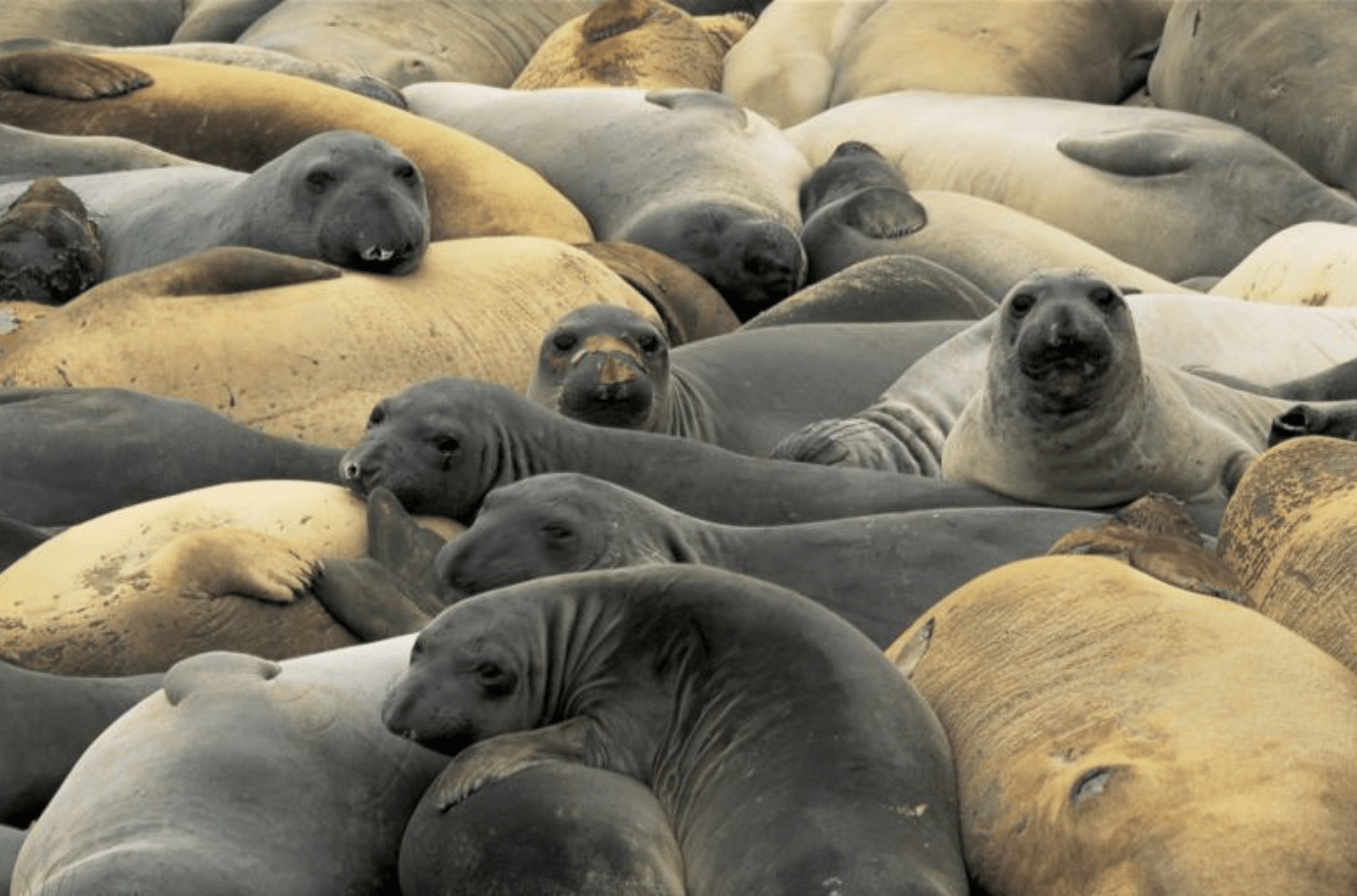theguardian.org – Bird flu has wiped out half of South Georgia’s breeding elephant seals, according to a study that warns of “serious implications” for the future of the species.
The remote island in the South Atlantic Ocean is home to the world’s largest southern elephant seal population. Researchers estimate 53,000 females died after bird flu hit in 2023.
The population has now plummeted by 47%, researchers found. “It was quite a stark number,” said the lead author, Connor Bamford from the British Antarctic Survey in Cambridge. “I didn’t anticipate it to be this high.”
“The apparent loss of nearly half the breeding female population has serious implications for … the future stability of the population.”
In 2024, tourists on cruise ships said the explorer Ernest Shackleton’s grave had become inaccessible to visitors due to “dead seals blocking the way”. But Bamford said it was likely that many dead animals were never seen, having returned to the sea when they were sick to cool down.
It is possible that direct losses from bird flu have been exacerbated by females becoming physically stressed and abandoning their pups.
“We were aware there was a high level of mortality – way above normal levels – but it wasn’t until we got this before-and-after comparison that we could see how extensive it was,” said Bamford. In the long term, he said, it would have a “dramatic impact on the population”.
The island in the South Atlantic is home to 54% of the global breeding population of elephant seals. The team used aerial imagery from three beaches to compare the breeding population from 2022 relative to 2024, according to the paper, published in the journal Communications Biology.
There was a particularly high level of mortality among pups, and females take three to eight years to start breeding.
“One of my colleagues is down there on a ship at the moment, and this year the count is lower than it was last year. That suggests the virus is circulating in the population,” said Bamford. “I wouldn’t say it’s over at all ” …



